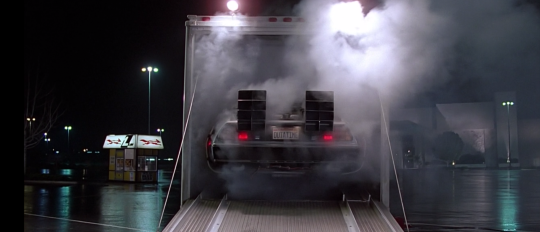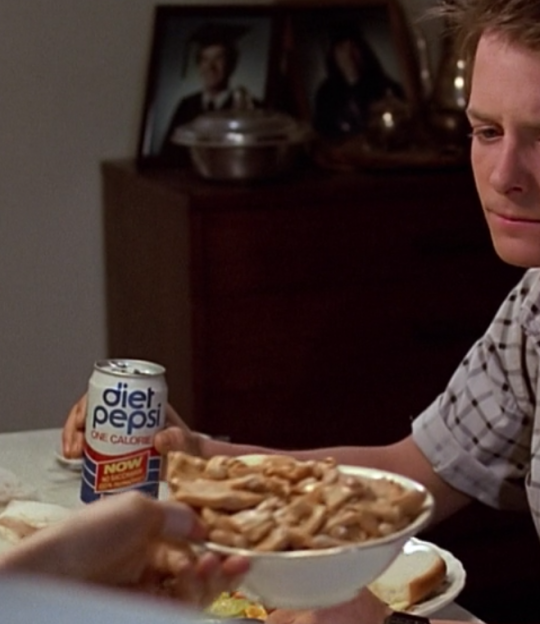Slow and steady starts the comic
I’m trying to write a webcomic… And this advice is a bit strange, but many webcomics that I’ve read start out with slower beginnings. And I kind of wanted to begin with something more fast paced? Will I risk alienating people or having chance of the characters being underdeveloped? Thanks.
This is a fantastic question, because it’s one I’ve been struggling with for Saffron and the Sage. I think LotH might’ve had too fast of a start (sort of), and that gave me all sorts of issues down the line because Jill had no established motivations or desires, and this made her really hard to write.
I think it’s okay to not rush into things, so long as you’re not fucking around, and there’s a sense of progression. Most webcomics don’t really have “slow starts”, as such, so much as they’re aimless and then later the author decides to do a real plot.
We need to know, fairly early on, these things:
Once there was a [protagonist] who wanted [intention], but [obstacle]. Establishing this makes the slower start relevant, with forward motion that helps drag the reader in while also setting up the framework you’ll need to write.
This is way more important than the premise of the comic. The premise is the least important part of a story, so get the meat and potatoes taken care of first (or, at least as much as it makes sense to do so).
Let’s look away from comics to one of my favorite movies, as an example. Back to the Future is a two-hour film about a kid who goes back in time.

But the Time Machine doesn’t appear until nearly 20 minutes into the movie! If this were a TV series with half-hour episodes, the reveal that the DeLorean is a time machine would be the cliffhanger at the end of the first episode. What the fuck are they doing this whole time?!
Well, let’s look.

The movie opens with a long shot of bunch of clocks, and even a photo of a clock (that foreshadows later events, down to being in black and white like a 50s TV show). We then get less subtle foreshadowing with some newspapers explaining Doc’s backstory and an expository news report about Plutonium. A radio mentions that the current year is 1985 (given that the movie came out in 1985, this is a particularly interesting touch. BttF isn’t a period piece, but it wants you to think of 1985 as a particular point in time. Because it’s a time travel movie), and some cool realistic robots do breakfast-making things for a house that’s clearly abandoned. One one hand, nothing’s going on here. On the other, a ton is. In comics, this would be a manga-style series of establishing shots, like so.
Panel 1
Lots of creepy clocks
Panel 2
News papers about how Doc’s old house burned down
Panel 3
The TV report of the stolen plutonium
Panel 4
The robot arm pours out Einstein’s dog food. The TV drones on, as does the ticking clocks
Panel 5
The robot drops Einstein’s dog food into a big pile.
Something like that.
Then (possibly on the next page), Marty comes in. He wonders where everyone is, while the camera pays a ton of attention to his important-to-the-character skateboard, which Mary unknowingly kicks into a box handily labeled “PLUTONIUM”.
There are a bunch of extreme closeups of Marty’s hands fiddling with some mad science equipment. Pan to to reveal it’s actually a comically oversized amplifier. This establishes that he’s a musician, while also being a joke We now know the protagonist, and have a pretty good sense of his intention to be a rock star. Doc calls Marty, and they set up a meeting later while establishing the relationship between the two characters, a teenage boy and an old mans who are really close friends for some unexplained reason.
The next few minutes establish Marty’s character. He’s a cool sk8er boi, he’s often in trouble with school, but for nice family friendly reasons like all the clocks being 20 minutes slow. Strickland shows up to establish Marty as an underdog. Marty responds in a way that establishes him as arrogant (though “Well, history’s gonna change” is a bit on the nose foreshadowingways). Cut from Marty’s confident braggado to him immediately failing as his band is rejected. (obstacle)
Marty and Jennifer have some “We’re dating if that wasn’t clear” interactions while Marty fully establishes the Obstacle: He doesn’t want to try because he’s afraid he’ll fail. This sets up his character arc, and also subtly sets up George’s, since he has the same problem in 1955. Marty establishes further his intentions (cool truck, trip with Jennifer) and obstacles (teenager, disapproving mom)
Now that we know who Marty is, and what he wants, it’s time to shit on him. He gets home to find his car smashed (there goes that lake trip), and we meet our villain, and establish that Marty’s family are all losers, especially his dad.

Over a nice can of product placement, we establish George and Lorraine as characters, while doing jokes that do double duty as exposition as to The Way Things Originally Went. Since the movie is called Back to the Future, the audience knows this’ll be important later, so it’s not just filler fluff.
Only after all of this does Marty go to the Twin Pines Mall for the actual plot to start.
Now, in comics, you can be pretty space-efficient with this kind of shit (see: Amazing Fantasy #1 fitting the entire Spider-man mythos into like 20 pages. Silver Age comics are very good at moving fast). You could have
Page 1: Establishing shots
Page 2: Enter Marty, amp joke
Page 3: Call with Doc, arrival at school, meeting Jennifer
Page 4: Strickland bitches out Marty, Marty’s band tries out
Page 5: Marty is rejected, feels bad, afraid of more rejection.
Page 6: Marty and Jennifer talk, exposition about the clock tower.
Page 7: Marty goes home, sees car. Biff established as douchebag
Page 8: Marty’s family are losers
Page 9: How Lorraine and George met.
Page 10: Arrival at the Twin Pines mall
(Having an outline like this in advance is a great way to make your writing more efficient, by the way. There are several times where I dedicated a whole page to a story beat, hit the beat in one panel, and just spent the rest of the page on the next thing).
10 pages isn’t actually a lot! But because they’re dense with information, we can have a strong feeling of progression even though the “plot” hasn’t started yet. It feels like a fast start, because it’s purposeful and laying everything out quickly, while still being entertaining.
Edit: If you’ve got some time, try and analyze the openings of Raiders of the Lost Ark (up to when the Ark is mentioned), and….hmm…..how about Groundhog Day? I think that takes a while to get to the time loop premise. I’ll probably do an analysis of Raiders’ opening, soon, because I think it’s really good. Groundhog Day I haven’t seen in a while.

Discussion ¬